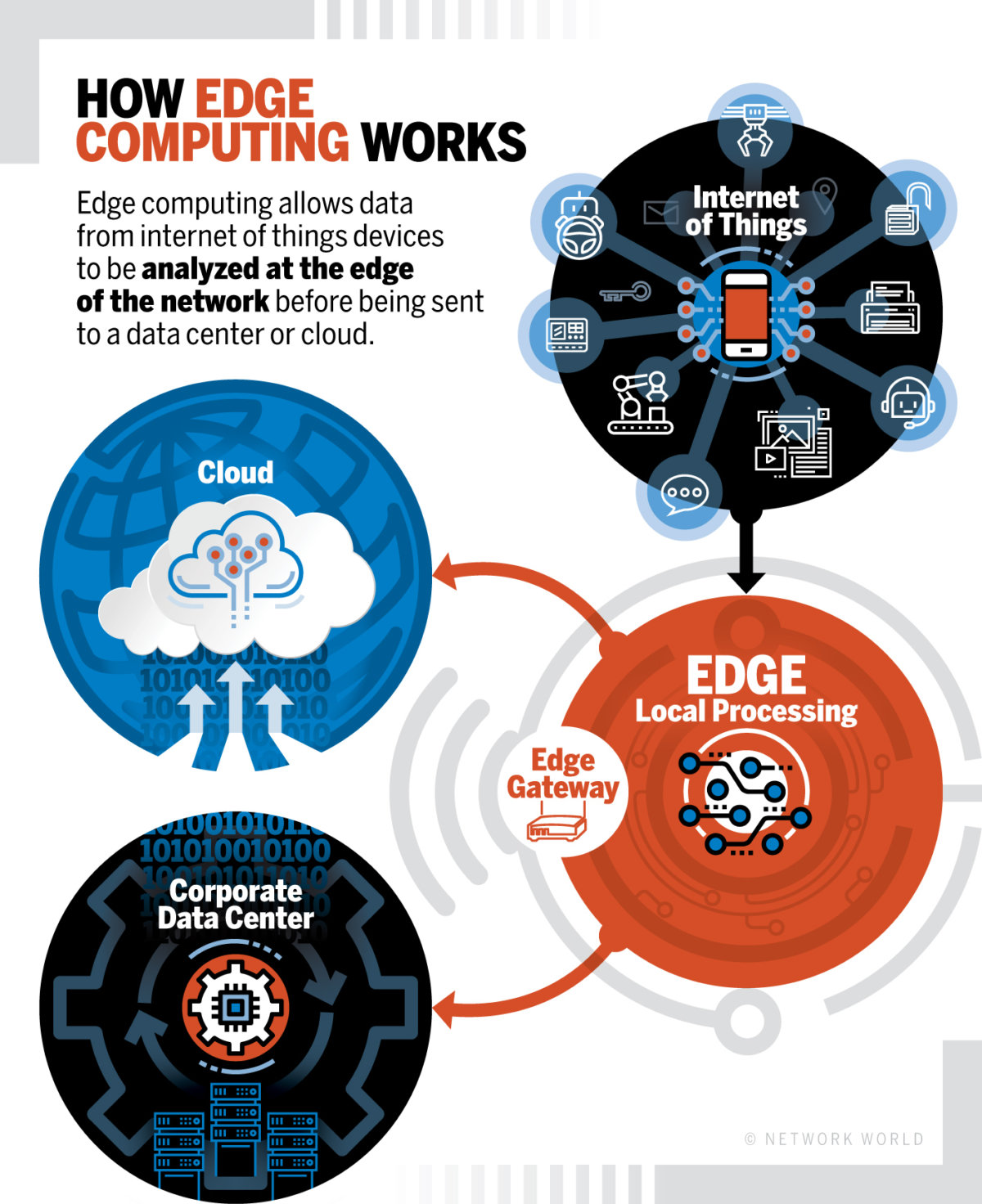|
The Internet of Things (IoT) has revolutionized the way we interact with our devices and appliances, connecting them to the internet and enabling seamless communication. However, a new frontier in technology is emerging - the Internet of Robotic Things (IoRT). IoRT takes the concept of IoT a step further by integrating robotic systems into this network of connected devices, opening up a world of possibilities. The IoRT is the convergence of robotics and IoT, where robots are equipped with sensors, actuators, and connectivity capabilities that enable them to communicate and exchange data with other devices and systems. This interconnected ecosystem empowers robots with enhanced intelligence, autonomy, and collaboration, leading to groundbreaking advancements in various industries. One of the key advantages of IoRT is its potential to revolutionize manufacturing processes. In traditional factories, robots are often programmed for specific tasks and operate independently. However, with IoRT, robots can seamlessly coordinate with each other and with other devices, such as machines and inventory management systems. This enables efficient production lines, streamlined logistics, and real-time monitoring and adjustment to optimize efficiency and minimize downtime. In healthcare, IoRT offers immense potential for improving patient care and treatment outcomes. Smart robotic devices integrated into the IoT can assist healthcare professionals in tasks such as remote patient monitoring, medication management, and even surgical procedures. These intelligent robots can collect and analyze vital patient data, provide precise and personalized care, and contribute to faster diagnoses and treatments. The transportation and logistics industry also benefits from IoRT. With the integration of robotics and IoT, autonomous vehicles and drones become more intelligent and capable of navigating and delivering goods with greater efficiency and accuracy. Additionally, IoT-enabled sensors in warehouses and supply chains allow for real-time tracking, inventory management, and predictive maintenance, reducing costs and optimizing operations. The agricultural sector is another area where IoRT holds great promise. Robots equipped with IoT capabilities can monitor crop conditions, soil quality, and weather patterns, providing valuable data to farmers for precision agriculture. These robots can perform tasks such as planting, watering, and harvesting crops autonomously, leading to increased productivity and sustainability in farming practices. However, along with the myriad benefits of IoRT come challenges that need to be addressed. Security and privacy concerns arise with the increased connectivity and data exchange between robots and other devices. Safeguarding sensitive information and preventing unauthorized access become critical aspects of implementing IoRT systems. Furthermore, ethical considerations surrounding the use of robotic systems must be carefully evaluated. As robots become more integrated into our daily lives, questions regarding job displacement, accountability, and decision-making authority arise. It is essential to ensure that these technologies are developed and deployed responsibly, taking into account the potential societal impact. the Internet of Robotic Things represents a significant leap forward in technology. By combining the power of robotics and IoT, we can unlock new levels of efficiency, productivity, and innovation across various sectors. However, it is crucial for researchers, developers, and policymakers to work together to address the associated challenges and ensure that IoRT is harnessed for the benefit of humanity.  |
